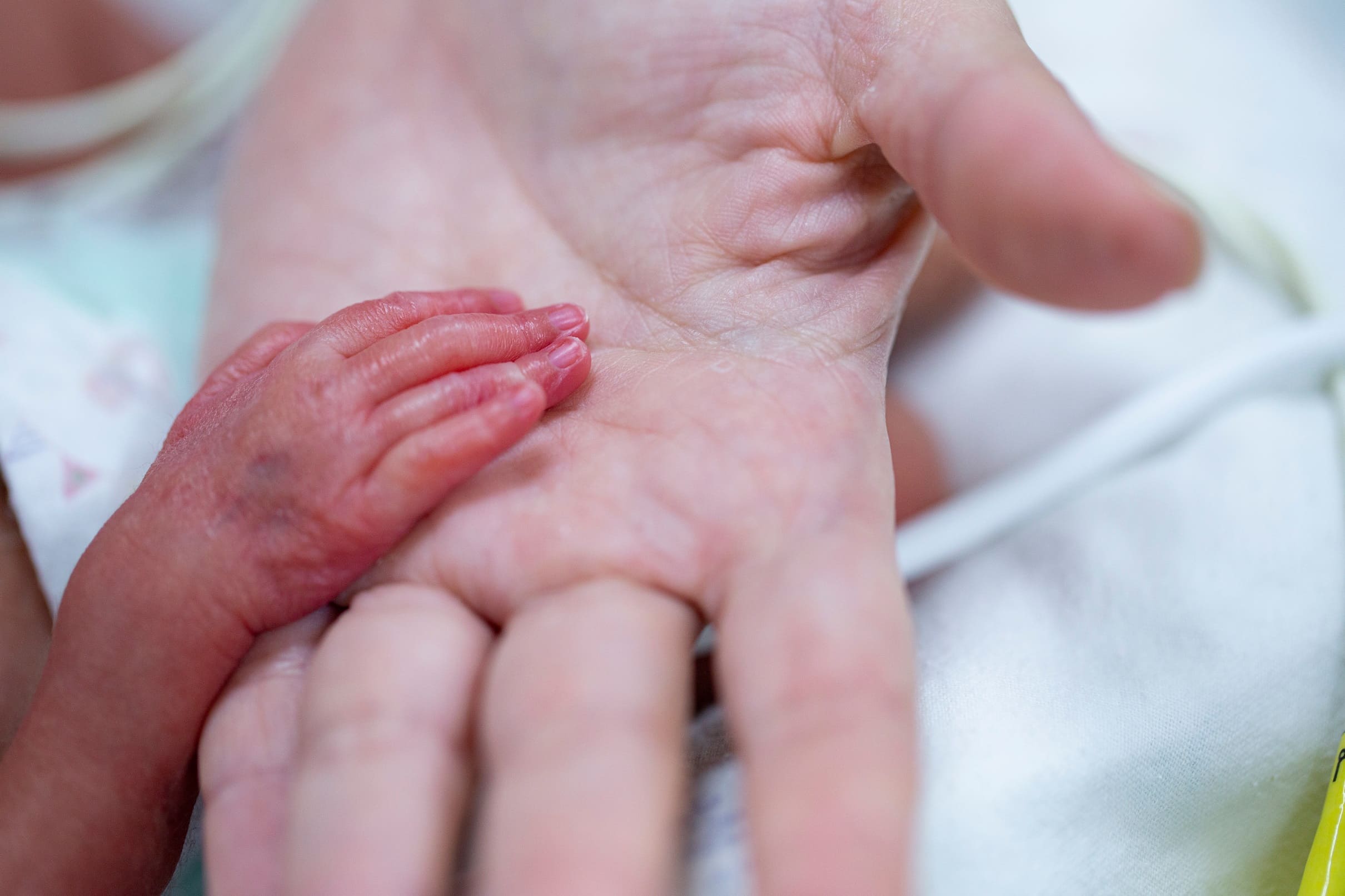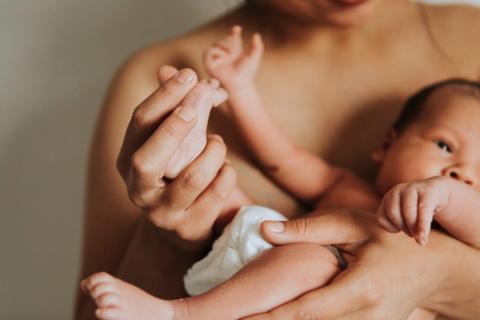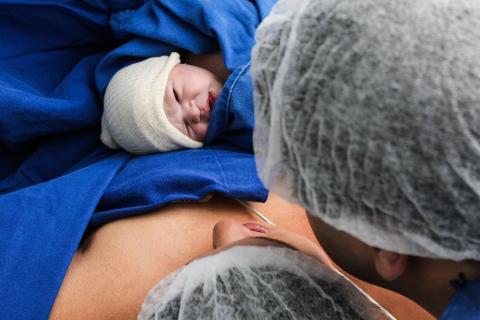Reaction to an artificial placenta project presented in Barcelona
Results of the first phase of a project to develop an artificial placenta in an animal model, to help extremely premature babies (born at 6 months gestation or less), were presented to the press today. The project is led by BCNatal, a fetal medicine research centre in Barcelona, with funding from the "la Caixa" Foundation, which has renewed its support for the second phase of the project.

Kelly Werner - placenta artificial EN
Kelly Werner
Assistant Professor of Pediatrics, Division of Neonatology, at Columbia University in New York (US)
Recently [in February 2023], Eixarch and colleagues at the BCNatal Fetal Medicine Research Center in Barcelona have reported promising results in lamb models of an artificial placenta, with improving survival and decreasing complications. The researchers successfully supported preterm lambs, which correspond to humans born preterm at six months, for a short period. A similar model of the artificial placenta is being developed at the University of Michigan, while models of an artificial womb are underway at the University of Pennsylvania, Tohuku University [in Japan], and the University of Western Australia.
Extremely preterm babies face complications related to immature lung and brain development. They require support from ventilators which can damage their lungs long-term, and many of them do not survive. An artificial placenta is an encouraging medical advancement that could help save these babies and avoid the complications they face.
After the artificial placenta shows positive results in animal studies, it must go through rigorous testing in clinical trials. This will help determine if it is safe and effective in humans. Unintended side effects may be revealed. Parents must be fully informed about the potential benefits and risks, many of which are still unknown. If the artificial placenta is proven to be better than the care already provided in neonatal units, it may be approved for more widely available use. Parents will still need to be informed about their options and choose an option that is in the best interest of the baby.
If this becomes available, hospitals must adopt robust and thorough guidelines for use. This will ensure babies with similar outlooks have equal access to the artificial placenta. Hospitals should engage parents and community stakeholders when writing these guidelines.
Although it is an exciting development, the artificial placenta is not intended to replace a natural placenta. That is, despite these advancements, we still should make every effort to support maternal health and decrease risk factors that lead to preterm birth.



